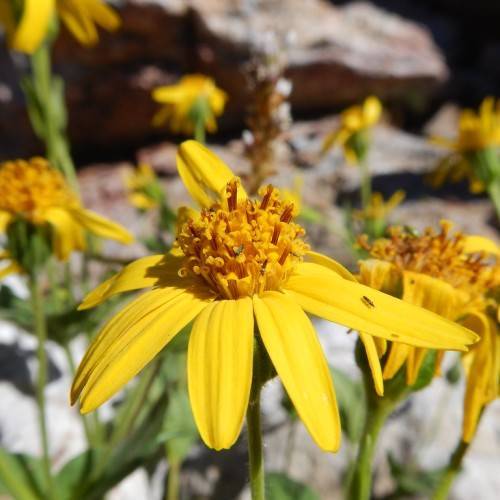
Alpine Arnica
Arnica Angustifolia
Watering:
Minimal
Hardiness Zone:
Sun:
full sun,part shade
Growth Rate:
Low
Drought Tolerant:
Yes
Salt Tolerant:
Yes
Thorny:
Yes
watering
Water Western Thrift regularly to keep the soil evenly moist, but not soggy. This species does not require as much water as other plants. The best practice is to wait until the top inch of soil is dry before watering it. If you water too often, the plant’s roots may become waterlogged, cause root rot and eventual death. A good rule of thumb is to water once every 5 to 7 days in the summer and once every 2 weeks in the winter, depending on soil type and environmental conditions.
sunlight
Western Thrift is native to California and can thrive in places with full sun exposure. It typically prefers to receive 6-8 hours of direct sunlight each day. This sun exposure should be spaced out across the daylight hours. In periods of intense heat, however, the amount of sunlight exposure should be reduced to avoid sunburn or dehydration. Western Thrift can also tolerate some shade, so if it is receiving too much sun in its natural environment, some shade can also be provided to help it thrive.
pruning
Western Thrift plants (Armeria maritima subsp. californica) should be pruned annually in late winter or early spring before new growth starts. Pruning should involve removing dead, diseased or damaged plant material, any stems that are overly long or leggy in shape, as well as any flower stems that have finished blooming. Regular pruning will also help to encourage bushier growth and more flowers throughout the season. Depending on how large or overgrown the plant is, it may need to be pruned back severely. Begin by cutting 1-third of each stem back to a healthy leaf bud. Cutting back too severely may cause a shock to the plant, so it is important to not remove too much material at once. Pruning your Western Thrift plants annually will help to create a healthier and more attractive plant.
